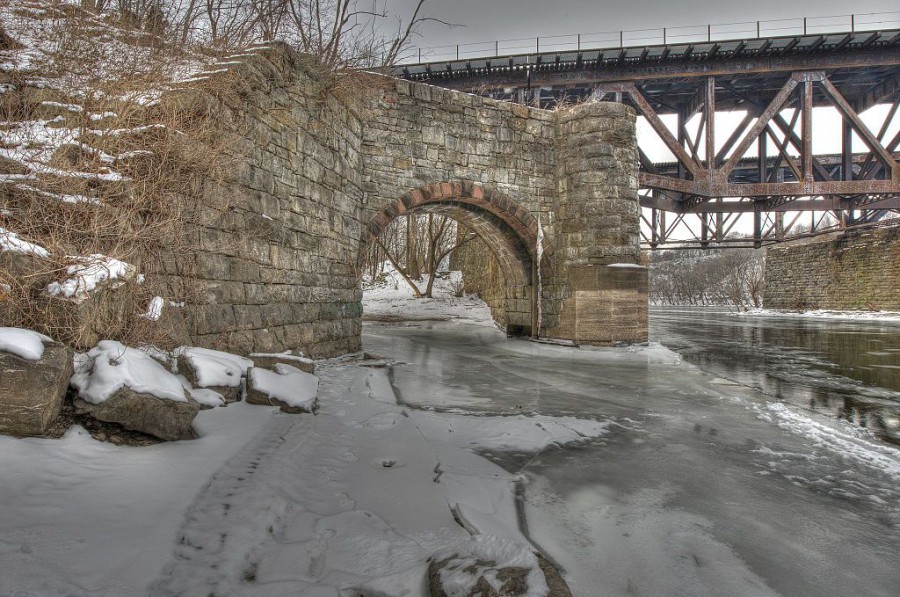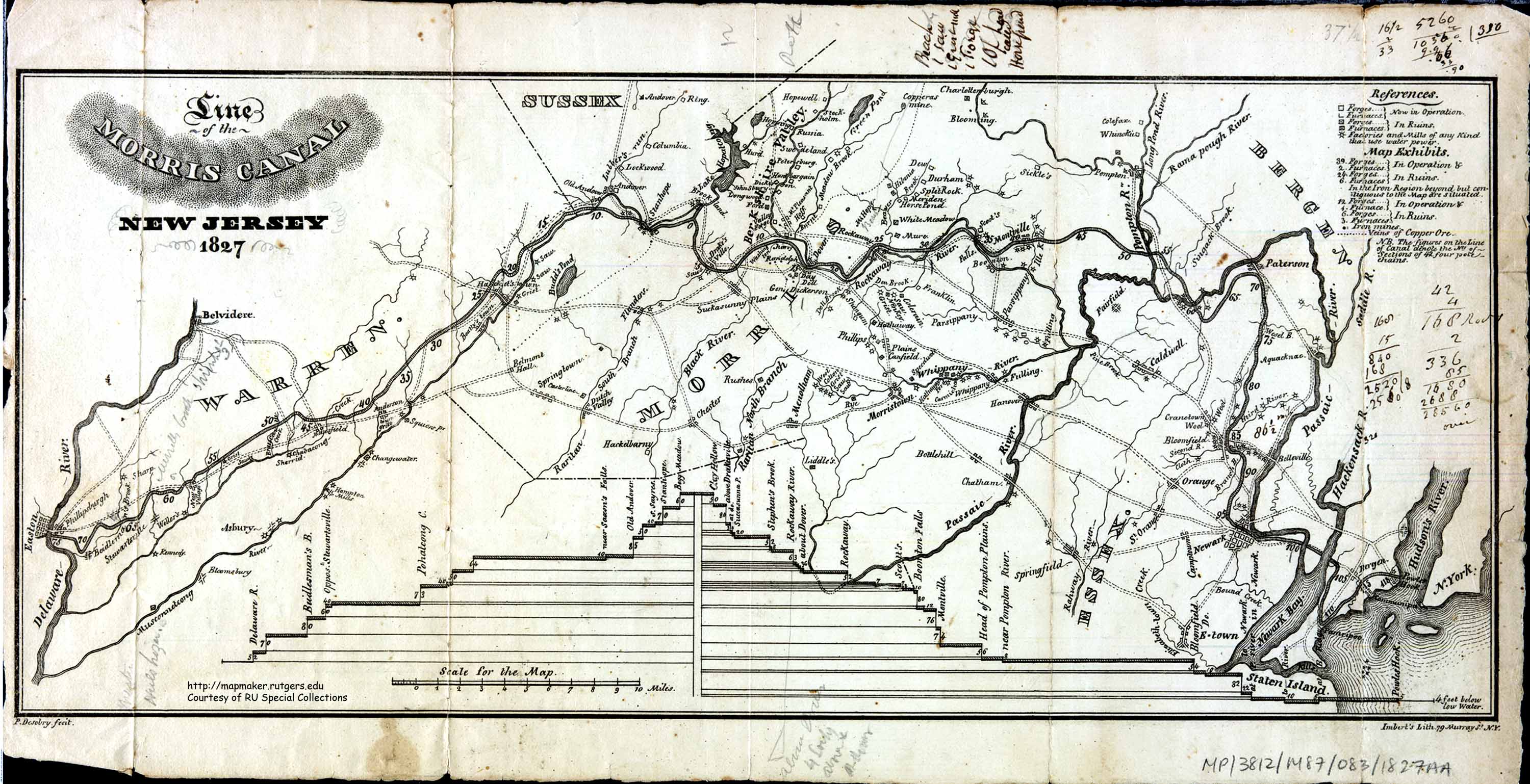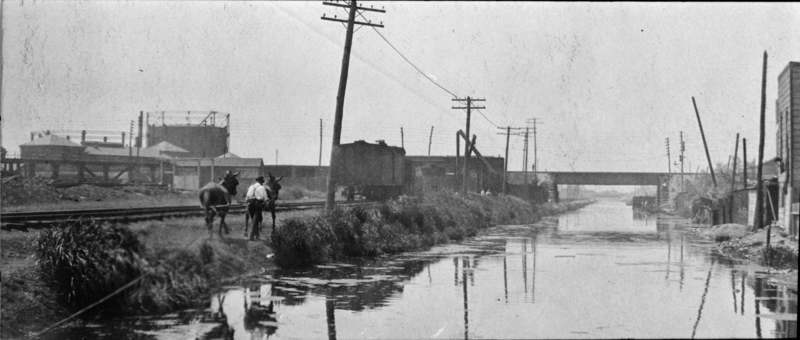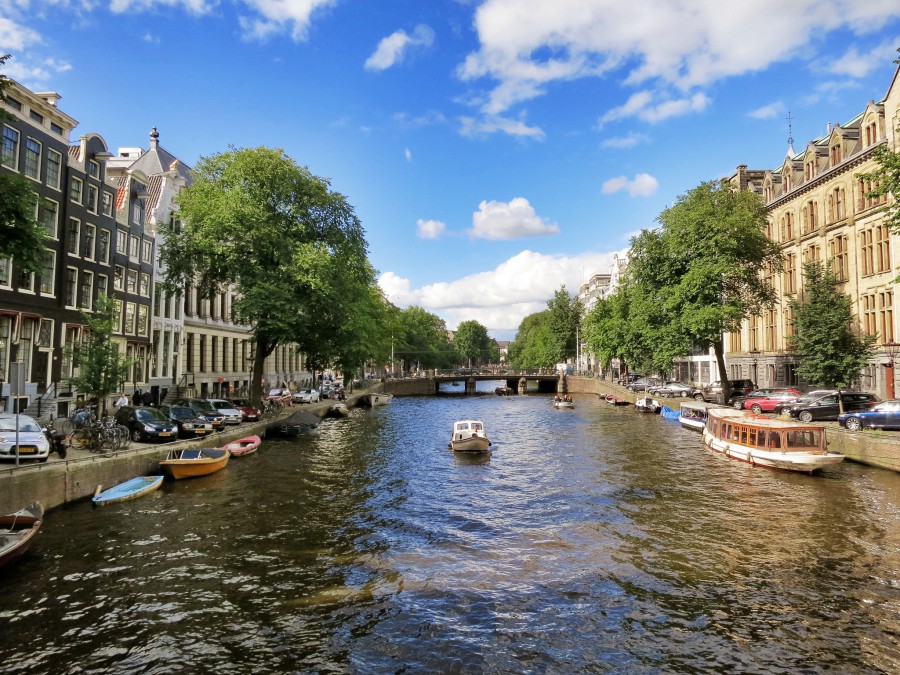By: Trevor Jurkowski, Winston Shaw, & Jonah Wasserman
What is it?
The Morris Canal is an expansive waterway system that facilitates transportation through the ingenious use of water inclined planes and locks for scaling minor disparities in elevation. Throughout the network, there are 23 planes and 23 locks – the planes can accommodate differences in elevation of up to 20 feet, and the locks up to 10 feet.

Originally, the canal spanned a length of 90 miles from Phillipsburg to Newark, but in 1836, an 11 mile extension was added that connected Newark and Jersey City resulting in a total length of 102.15 miles (109.26 miles if the 4.26 miles to the Pompton feeder lock, 1.76 miles to Pompton Iron Works, 0.67 miles to the Lake Hopatcong feeder, and 0.42 miles to the small/large basin in Jersey City are considered). The final dimensions of the dam after this renovation was a surface width of 40 ft, and depth of 5 ft. The canal accounts for the 760 feet difference between the low waters of Phillipsburg and the summit of Lake Hopatcong, as well as the 914 feet difference between the summit and and the mean tide at Jersey City. Hence, the canal addresses an overall 1674 feet difference between Phillipsburg and Jersey City via the implementation of waterway mechanisms such as planes and locks.
Where is it?

As you can see through this map, the Canal began in Phillipsburg, NJ in Warren County, where ships from the Delaware River or the Lehigh Valley cities of Allentown, Easton, and Bethlehem had easy access. From there, it travels up Warren County to Hackettstown, before it straddles the border between Sussex and Morris counties. It runs through several towns along the length of Morris county including Dover, Morristown, Rockaway, and Montville. After that, it leads into Paterson and then Newark and Jersey City, where there is easy access to the port of New York as well as the Atlantic Ocean.
Unfortunately, the Canal was closed in 1924, brought down by the advent of railroads and the automobile. Since then, much of the Canal has been filled in, but there are traces of it in most if not all towns through which it passed. In Trevor’s hometown of Phillipsburg, for example, he’s never seen the entrance to the old canal but there is a length of raised earth that borders a farm and a shopping plaza; Lock street was also paved on top of it.
Connections to the Dutch


These two pictures highlight what you were probably already thinking. What is more Dutch than a nice canal? Of course, there are the obvious similarities of transportation and trade but further connections abound through the passing of time. For example, what is one thing that you notice in the bottom photo that isn’t in the top photo? Cars!
Over the course of the twentieth century, cities around the globe grappled with how to accommodate the automobile into the fabric of the city. After all, many roads were made of dirt, for horse carriages, and most were not wide enough to fit two lanes. In order to make room for more cars and people, certain portions of canals were filled in and made into roads. Also, the city built public works such as parks, constructed by unemployed men who risked losing their benefits. These two aspects directly mirror development in New Jersey. Much of the state, not to mention much of the Morris Canal, was paved with highways. In fact, parts of the Parkway and Route 9 were built directly on top of the canal and part of the length from Newark to Jersey City is now covered in railroad tracks, and they were similarly constructed as part of a public works plan in the United States. As for parks, there exists a Morris Canal Foundation which strives to make a greenway park out of its existing portions. There’s also a park and nature preserve in Clifton, bordering none other than the Garden State Parkway.
Citation
: http://www.morriscanal.org/history.htm
http://www.canalsocietynj.org/morrisfact0.html
http://www.cliftonhistory.org/mocanal.html
http://www.njskylands.com/hsmorriscanal
Goller, Robert (1999). The Morris Canal, Across New Jersey by Water and Rail (First ed.). Arcadia Publishing.
